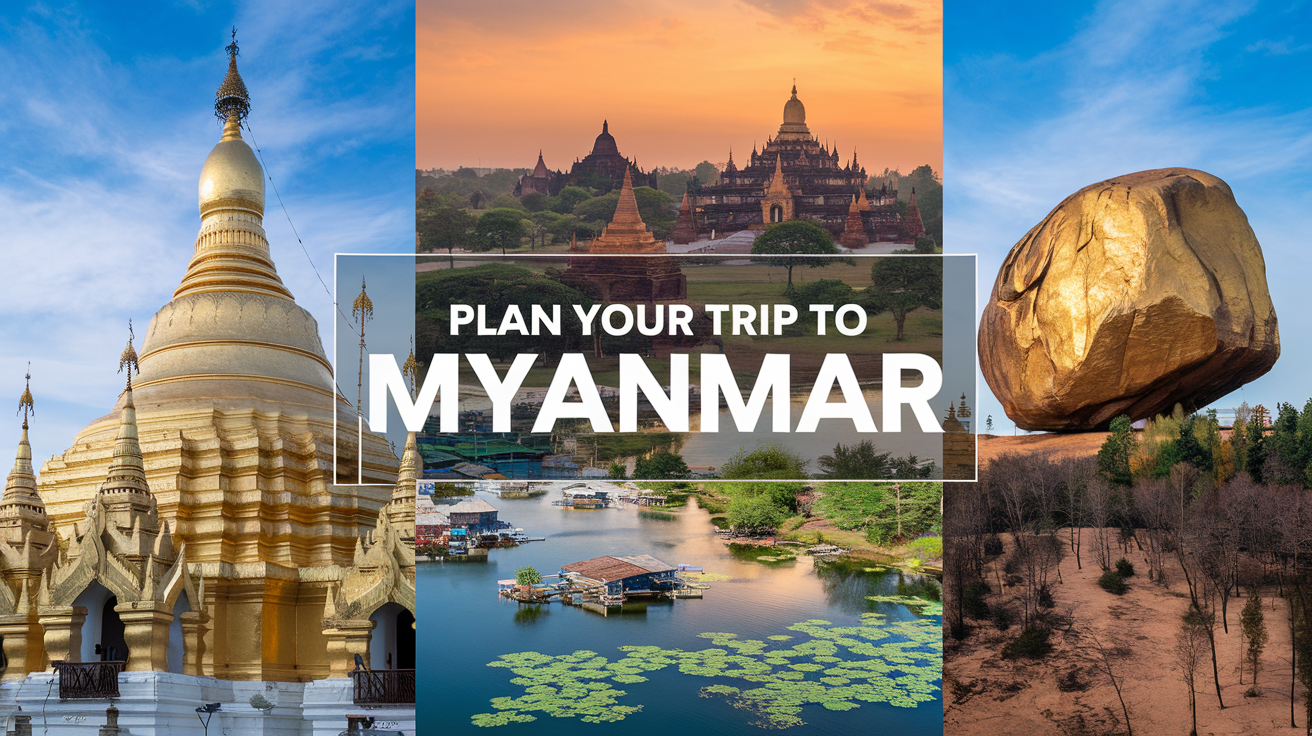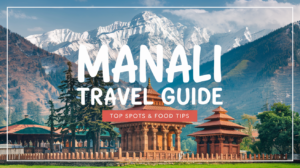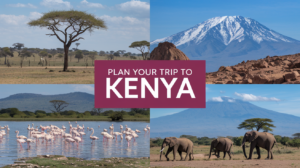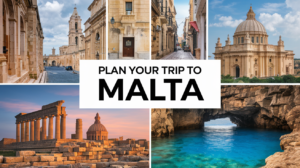Myanmar, often referred to as the Golden Land, is a Southeast Asian gem brimming with ancient temples, lush landscapes, and a rich cultural tapestry. With its friendly locals and awe-inspiring landmarks, Myanmar offers a truly authentic travel experience. If you’re considering a trip to this fascinating country, here’s everything you need to plan an unforgettable journey.
Why Visit Myanmar?
Myanmar is a country of contrasts, blending serene Buddhist traditions with bustling markets and vibrant festivals. Key attractions like the iconic Shwedagon Pagoda, the ancient temples of Bagan, and the tranquil Inle Lake make it a dream destination for history buffs, adventure seekers, and culture enthusiasts alike.
Step 1: Best Time to Visit Myanmar
Peak Season: November to February (cool and dry weather).
Off-Peak Season: March to May (hot and dry) and June to October (monsoon season).
Recommendation: Visit during the cool season for pleasant temperatures and accessible roads.
Step 2: Visa and Entry Requirements
Visa: Most travelers require a visa to enter Myanmar.
– Apply for an eVisa online through the official portal.
– Cost: ~$50 USD for a single-entry tourist visa.
– Processing Time: 3–5 business days.
Documents Required: Passport valid for at least six months, a recent passport-sized photo, and proof of onward travel.
Step 3: Suggested Itinerary for Myanmar (7-10 Days)
Day 1-2: Yangon
Highlights:
– Shwedagon Pagoda: A 2,500-year-old golden stupa.
– Google Maps: Shwedagon Pagoda
– Opening Hours: 4:00 AM – 10:00 PM
– Entry Fee: ~$8 USD
– Bogyoke Aung San Market: A bustling marketplace for local crafts and gems.
– Sule Pagoda: A religious and political landmark.
Dining Recommendations:
– Feel Myanmar: Traditional Burmese dishes like Mohinga (fish noodle soup).
– Rangoon Tea House: Modern takes on Myanmar’s classic recipes.
Day 3-4: Bagan
Highlights:
– Bagan Archaeological Zone: Explore thousands of ancient temples.
– Google Maps: Bagan
– Entry Fee: ~$20 USD for a multi-day pass.
– Hot Air Balloon Ride: Get a bird’s-eye view of the temples (seasonal, October–March).
– Ananda Temple: Known for its stunning architecture and frescoes.
Where to Stay: Boutique resorts or traditional inns near the archaeological zone.
Dining Recommendations:
– The Moon Restaurant: Famous for vegetarian dishes.
– Sanon: A social enterprise training local youth in hospitality.
Day 5-6: Mandalay
Highlights:
– Mandalay Palace: The last royal palace of the Burmese monarchy.
– Google Maps: Mandalay Palace
– Entry Fee: Included in the Mandalay Zone Pass (~$10 USD).
– U Bein Bridge: The world’s longest teakwood bridge, ideal for sunset views.
– Kuthodaw Pagoda: Houses the world’s largest book.
Dining Recommendations:
– A Little Bit of Mandalay: Traditional Myanmar and Shan cuisine.
– Shan Ma Ma: Authentic Shan dishes like Shan noodles and tofu salad.
Day 7-8: Inle Lake
Highlights:
– Boat Tours: Visit floating gardens, stilted villages, and local markets.
– Phaung Daw Oo Pagoda: A revered Buddhist site.
– Google Maps: Phaung Daw Oo Pagoda
– Nga Hpe Chaung Monastery: Known as the “Jumping Cat Monastery.”
Dining Recommendations:
– ViewPoint Lodge & Fine Cuisines: A scenic dining experience on the water.
Optional Destinations
Golden Rock (Kyaiktiyo Pagoda): A gravity-defying boulder covered in gold leaf.
Ngapali Beach: Relax at one of Myanmar’s pristine beaches.
Step 4: Transportation in Myanmar
Domestic Flights: The fastest way to travel between cities.
Trains: An adventurous but slower option for intercity travel.
Buses: Comfortable overnight buses connect major tourist spots.
Taxis and E-hailing Apps: Widely available in cities.
Step 5: Currency and Costs
Currency: Myanmar Kyat (MMK).
ATMs: Widely available in cities but carry cash for rural areas.
Daily Budget:
– Budget: $25–50 USD/day
– Mid-Range: $50–100 USD/day
– Luxury: $100+ USD/day
Step 6: Cultural Etiquette
Dress modestly, especially when visiting temples.
Remove shoes before entering religious sites.
Use both hands when giving or receiving items.
Step 7: Packing Essentials
Lightweight clothing and a scarf for temple visits.
Sunscreen, mosquito repellent, and a reusable water bottle.
Comfortable walking shoes for exploring temples.
Step 8: Dining in Myanmar
Must-Try Dishes:
– Mohinga: Fish-based noodle soup, Myanmar’s national dish.
– Tea Leaf Salad (Lahpet Thoke): A unique and flavorful salad.
– Shan Noodles: A popular dish from the Shan region.
Drinks: Try local tea and Myanmar beer.
Conclusion
Myanmar is a destination like no other, offering a perfect mix of history, spirituality, and breathtaking landscapes. Whether you’re wandering through the ancient temples of Bagan, cruising on Inle Lake, or tasting local delicacies, Myanmar promises to leave you spellbound.
Call-to-Action: Ready to explore the Golden Land? Share your travel plans or questions in the comments below!




